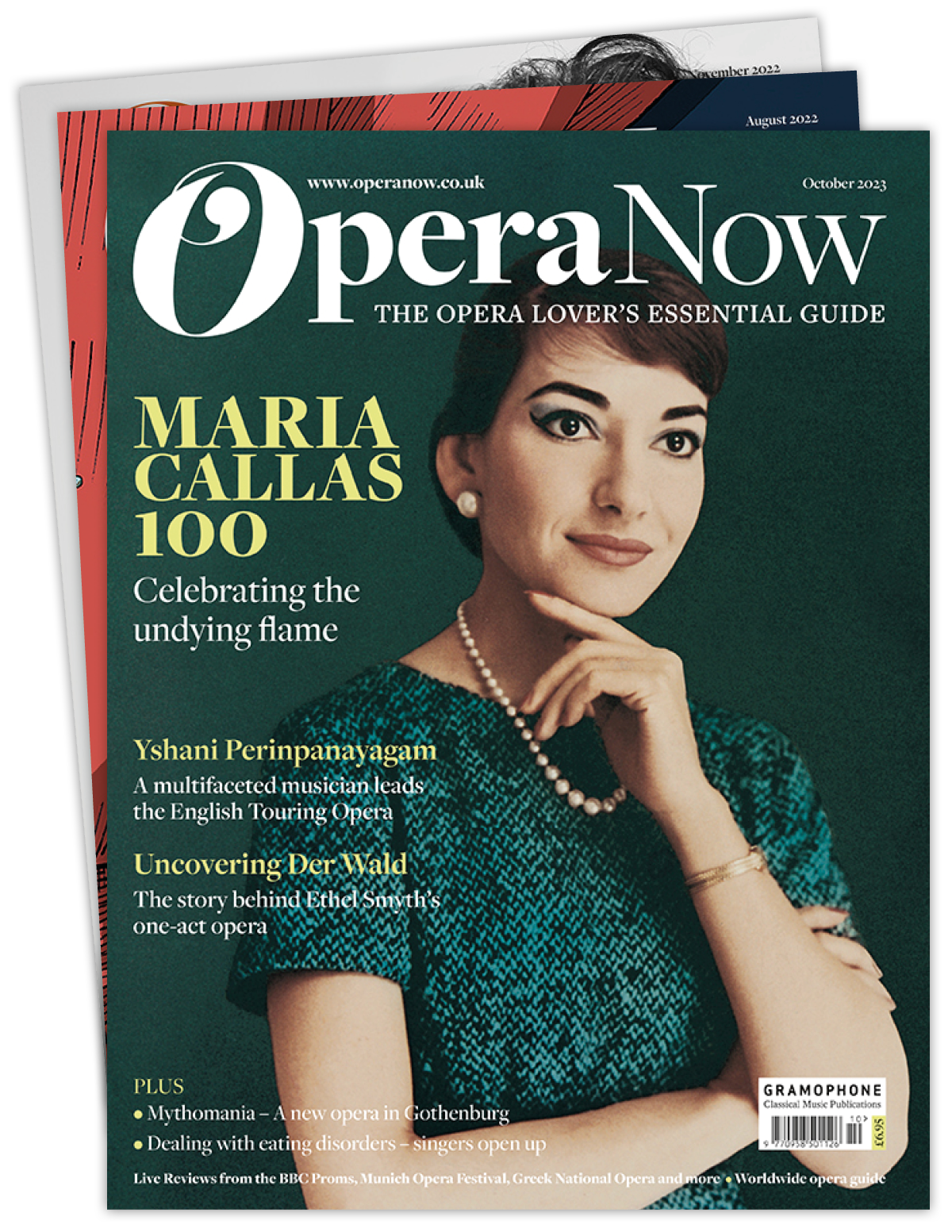Wagner: Tristan und Isolde at Glyndebourne | Live Review
Leah Broad
Tuesday, July 30, 2024
A dusty revival of Nikolaus Lehnhoff's production from 2003 was saved by impeccable musicianship from its performers
⭐⭐⭐⭐
 Stuart Skelton as Tristan and Miina-Liisa Värelä as Isolde |© Glyndebourne Productions Ltd. Photography by ASH
Stuart Skelton as Tristan and Miina-Liisa Värelä as Isolde |© Glyndebourne Productions Ltd. Photography by ASH
Tristan und Isolde is a reliably popular production for Glyndebourne. It’s a safe bet for the opera house – but safety is not a quality that sits well with Wagner’s oft-staged story of passion and betrayal. As soon as Tristan becomes routine, it loses its magic. Twenty-year-old stagings risk feeling predictable, gestures tired. Thankfully, this revival is saved by the spectacular musicianship of a stellar cast and orchestra who breathe new life into this rendition, bringing all the dynamism that the staging lacks.
From the opening notes, the London Philharmonic Orchestra under Robin Ticciati created a perfect atmosphere. In the orchestral preludes they were romantic but never over-indulgent, giving space to the tender, softer passages and creating enough dynamic range to allow solo moments to stand out in Wagner’s rich orchestration. The opening of Act III was a particular highlight, with its captivating cor anglais solo.
It’s a supreme credit to both cast and conductor that the singers were never overwhelmed. The majority of the libretto came across clearly, and voices were supported to shine over the top of a powerful orchestral sound. Miina-Liisa Värelä was a restrained but convincing Isolde, complementing Stuart Skelton’s more intense Tristan. Karen Cargill brought psychological complexity to the tortured Brangäne, the nuances in her voice conveying all the anguish of this woman who is so devoted to Isolde. The clarity of Cargill’s voice, however, was certainly helped by the fact she was singing side-stage due to an injury, and was therefore not behind a screen for the lighting projections as the rest of the cast were. One wonders how Värelä’s Liebestod might have sounded had she been singing from the same spot as Cargill.
 Stuart Skelton as Tristan and Shenyang as Kurwenal | © Glyndebourne Productions Ltd. Photography by ASH
Stuart Skelton as Tristan and Shenyang as Kurwenal | © Glyndebourne Productions Ltd. Photography by ASH
Even within an excellent cast, Franz-Josef Selig stole the show as King Marke. With a sonorous bass that filled the house, time seemed to stop for his Act II monologue. There was no melodrama. Selig just gave us a man of integrity torn apart by grief, managing to communicate a wealth of emotion in the short time allowed him. Thanks to Selig’s rendition, Tristan’s devotion to Marke was completely understandable, giving the second act the depth it needs to be truly heart-breaking.
Acting, however, was sadly in short supply elsewhere. Lehnhoff’s directions are famously pared back, and are in some ways a relief from overwrought Wagner stagings, but the end result here made the relationship between Tristan and Isolde lukewarm. Love duets are sung resolutely facing the audience, making it barely believable that they know one another, let alone are so besotted that they embark on a love affair that tears their worlds apart. Their Act II duet was sonically stunning, but it was a little like watching a studio recording. It took Tristan dying for him to come alive onstage; Tristan’s deathbed interactions with a dynamic Kurwenal sung by Shenyang showed Skelton to be an extremely dramatically capable performer. It’s a pity none of that fire was allowed into his interactions with Isolde.
The set also hampered physical expression. The action unfolds on Roland Aeschlimann’s curved set, which in principle is a beautiful design. When no movement is required, it provides a suggestive tableau which can evoke anything from waves to a womb to a cave. Practically, however, the amphitheatre-like steps occupying most of the stage proved a hindrance. Singers had to pay as much attention to their feet as their voices, making physical progression jarring and stilted. Acts I and II suffered especially, ending up both the most static and the most monochrome. The set is a fantastic vehicle for innovative lighting design –as demonstrated in Act III, where Robin Carter’s lighting took us from a blue sea through red saturation to conclude with an almost pitch-black stage illuminated by Isolde’s iridescent dress. This was the only act where set and lighting fulfilled their potential, though, leaving the set feeling like an impractical statement piece frustratingly under-used.
This is a production of two halves. The sound is superb, but the look is dated. The musicians have changed with the times – perhaps the production should too.
Until 25 August | glyndebourne.com






